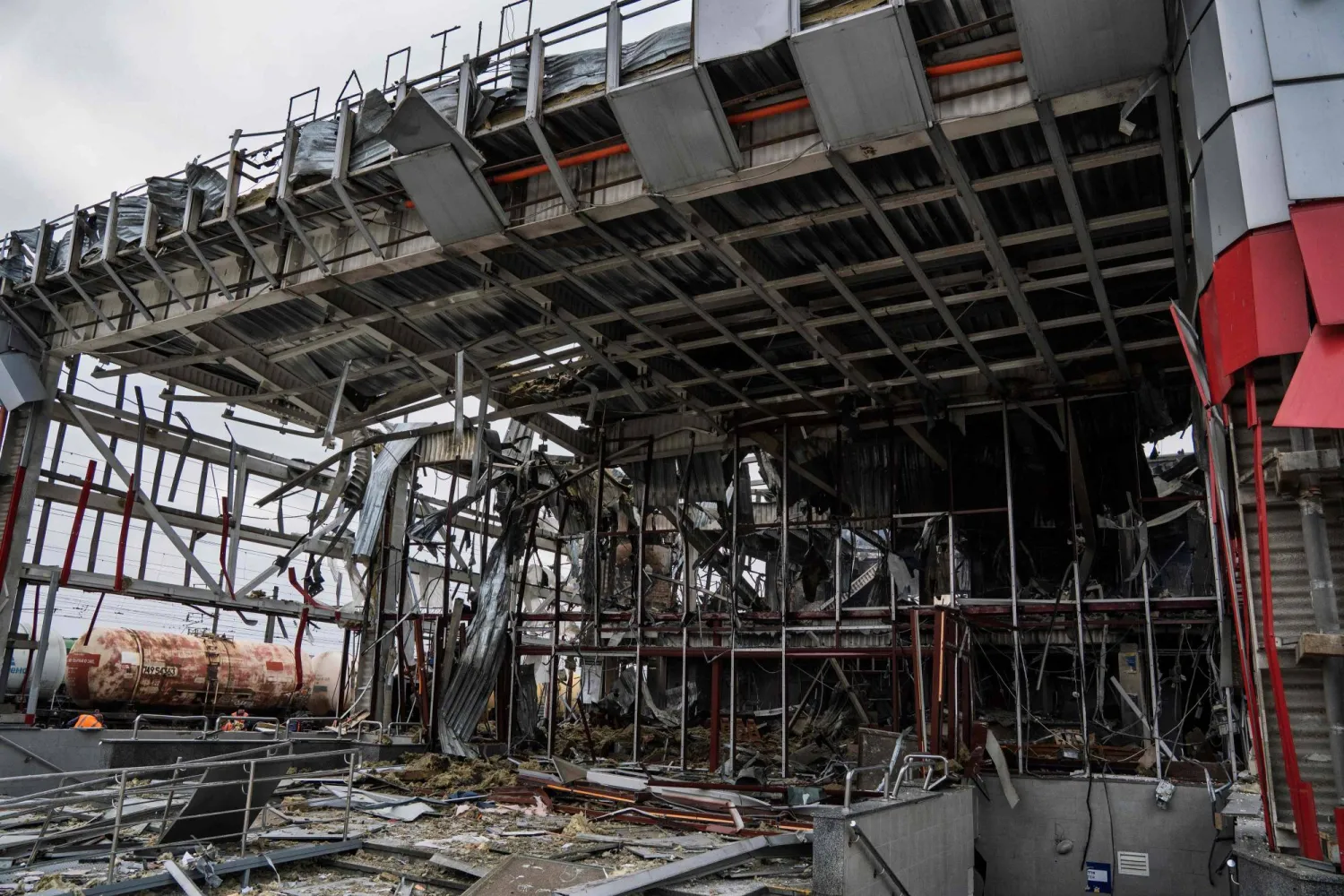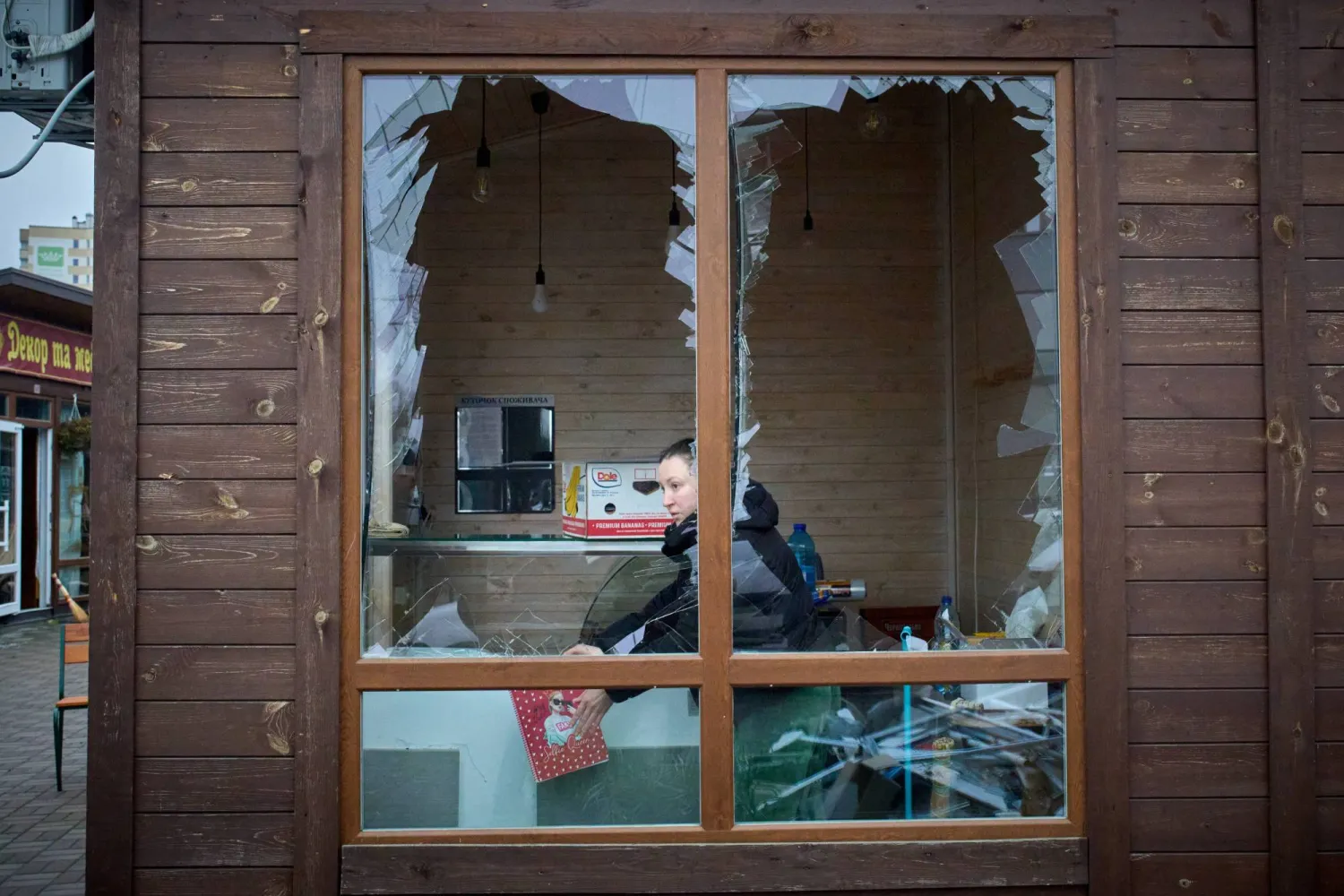Attacks by Russian forces on Ukraine overnight and on Thursday across the country hit civilian and critical infrastructure facilities, injuring at least 10 people, Ukrainian authorities said.
Russia launched two ballistic missiles on the southern city of Mykolaiv in the early afternoon, targeting critical infrastructure, regional Governor Vitaliy Kim said.
Two people were wounded and a piece of equipment destroyed, he said in televised comments, without giving more details.
Russian troops also shelled Kherson and damaged energy equipment, according to Roman Mrochko, head of the southern city's military administration. Several settlements and part of the city were facing power outages, he said.
Separately, a flurry of Russian guided bombs early in the morning injured six people, including a 17-year-old girl, and damaged 29 buildings in the southeastern city of Zaporizhzhia, its regional governor Ivan Fedorov, said.
Ukraine's air force said on the Telegram messaging app that it had downed 41 out of 62 drones launched by Russia. Russian forces also launched eight missiles, it added, while 14 drones were "locationally lost".
"As a result of the Russian missile and drone attacks civilian objects and critical infrastructure facilities in the Odesa, Poltava and Donetsk regions were hit," Reuters quoted it as saying.
A drone attack on the central city of Kryvyi Rih injured two people and damaged a five-storey residential building, causing a fire, Dnipropetrovsk region governor, Serhiy Lysak, said.
The emergency services rescued seven people from the damaged part of the building and put out the fire at the site, he added.
Separately, a cruise missile attack late on Wednesday damaged a storage area at an infrastructure facility in the southern Ukrainian region of Mykolaiv, causing a blaze that was later extinguished, the governor said.
Regional authorities also reported late on Wednesday that a ballistic missile attack had hit port infrastructure in the Odesa region, killing eight people and damaging a Panama-flagged container ship.
Russia Hits Civilian and Critical Infrastructure, Injures 10 in Ukraine

A woman stands in the backyard of her house destroyed by a Russian airstrike, amid Russia's attack on Ukraine, in Zaporizhzhia, Ukraine October 10, 2024. REUTERS/Stringer

Russia Hits Civilian and Critical Infrastructure, Injures 10 in Ukraine

A woman stands in the backyard of her house destroyed by a Russian airstrike, amid Russia's attack on Ukraine, in Zaporizhzhia, Ukraine October 10, 2024. REUTERS/Stringer
لم تشترك بعد
انشئ حساباً خاصاً بك لتحصل على أخبار مخصصة لك ولتتمتع بخاصية حفظ المقالات وتتلقى نشراتنا البريدية المتنوعة







